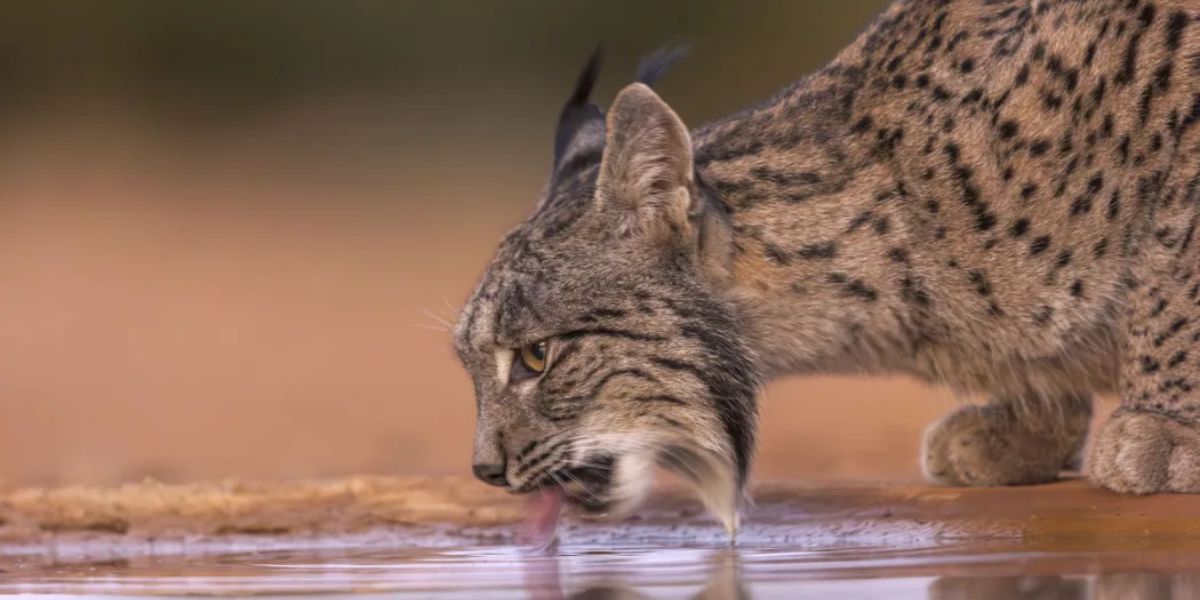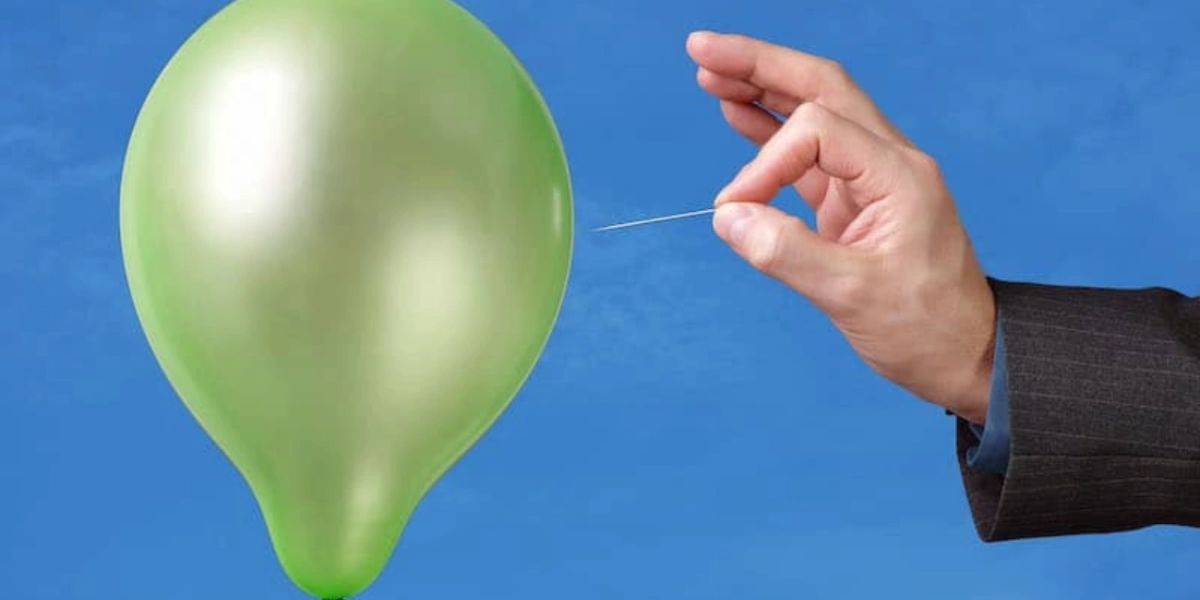According to a report published by the International Union for Conservation of Nature (IUCN), the Iberian lynx, one of the rarest cats in the world, is no longer considered endangered.
With a notable increase in population, the IUCN, which rates species on a “red list” based on risk, upgraded the status of the Iberian lynx from “endangered” to “vulnerable” on Thursday.
From 62 adult individuals in 2001 to 648 in 2022, its population increased. The IUCN says that the total population of young and mature lynx is currently estimated to be more than 2,000.
This species of wild cat lives in the Iberian region, which includes Spain and Portugal, as its name implies.
There were a total of 14 clusters where the animals were stable and reproducing, based on the most recent census data. Thirteen of those were in Spain, while one was in Portugal.
The wild cat was once widespread throughout the Iberian Peninsula, but starting in the 1960s, its population drastically decreased.
Road accidents, poaching, and habitat degradation all contributed to the species’ near-extinction.
The cat is returning now.
Read Also: Hajj Pilgrims Face Deadly Heat: 120°F Temperatures Cause Hundreds of Deaths in Mecca
The primary cause of the growth is the European rabbit, an endangered wild rabbit, whose population has been steadily expanding as a result of conservation efforts.
The lynx is no longer endangered thanks in large part to initiatives to release hundreds of imprisoned animals and restore forests and scrublands.
The coordinator in charge of spearheading the conservation effort, Francisco Javier Salcedo Ortiz, called it the “greatest recovery of a cat species ever achieved through conservation”.
“A lot of work to do” remains, according to Mr. Ortiz, to guarantee the survival of the animals and the recovery of the species.
The IUCN reports that the species’ current range has increased significantly, from 449 sq km (173 sq miles) in 2005 to 3,320 sq km.
However, the conservation body has cautioned against becoming complacent because the benefits can be undone. Threats include road kill, poaching, and infections from domestic cats and the wild rabbits it eats.
Since its creation in 1964, the IUCN’s red list of vulnerable species has developed into the most extensive collection of information on the state of animal, fungal, and plant conservation worldwide.




